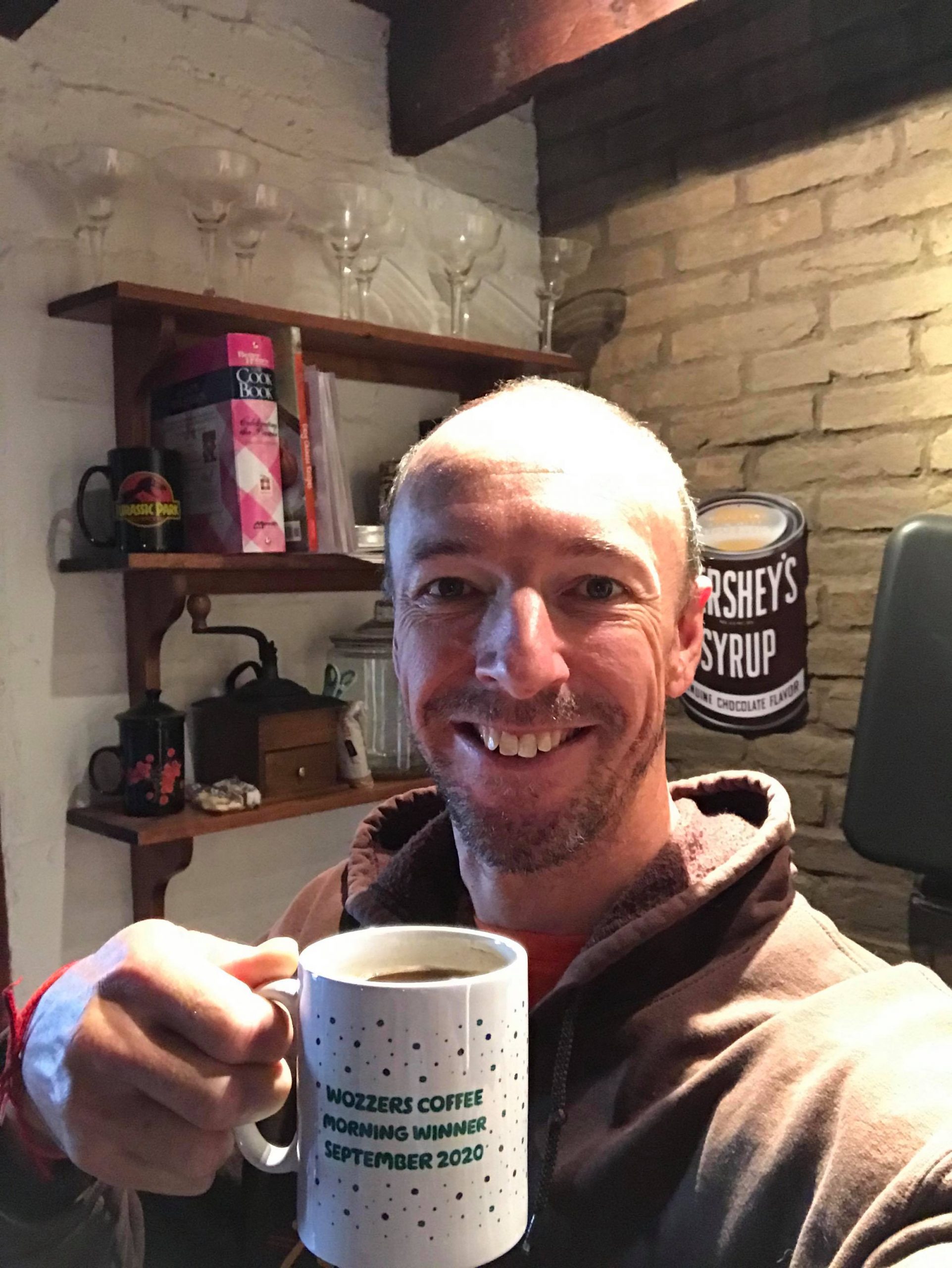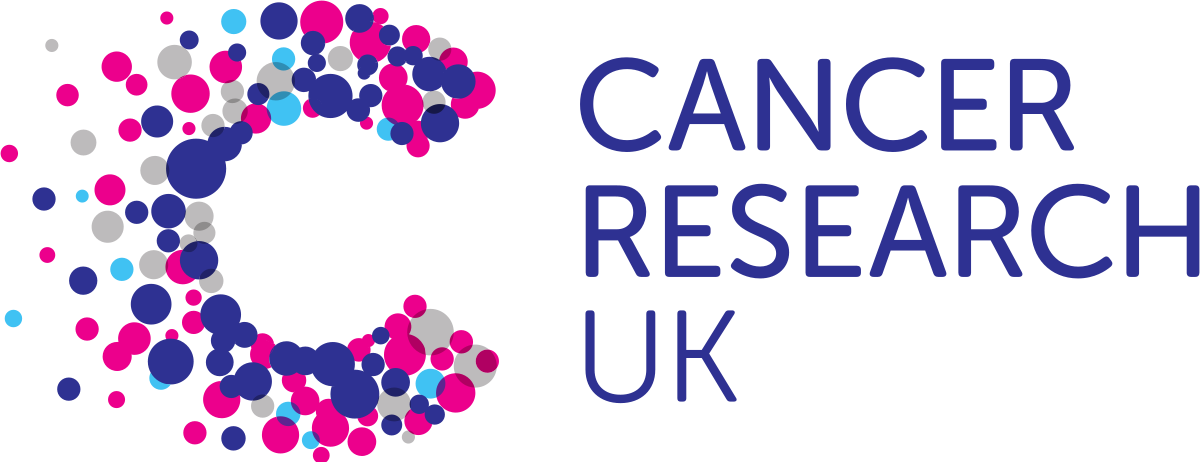33 – Testing, testing…
31st March 2022
Wow, how time flies.
Looking back through my blog – it’s exactly 2 years to the day that I went to my local hospital with a bit of a sore throat. Mind you – it’s not a date I’d ever forget anyway!
I find it interesting to look back at the phases – from the shock of initial diagnosis in 2020, through the aggressive radiotherapy and recovery, to the ‘living with cancer’ phase of 2021 and now the palliative treatment phase due in 2022.
I have to say that right now, the issues are far more mental than physical.
Outwardly I look fine and generally feel okay – well, apart from breathlessness and a nagging back pain. Both are the result of the Tom, Dick and Harry tumours. They were stunted in growth when given a good zapping of radiotherapy a few months ago, but the little bastards are telling me that they’re finding a way to recover and annoy me further.
Inwardly though, it’s becoming more of a constant daily, hourly reminder that all is not well with me. While I try and only worry about things I can control, rather than things I can’t – this is for sure becoming more difficult with a poor prognosis and a generally uncertain future.
Still – as we all seem to say these days, it is what it is 😉
On the diagnostic front, there’s been a fair bit happening in these past couple of months or, but no firm decisions right now on the best way forward.
What we do know is that 2022 will see more treatments, just to relieve and hopefully slow the development of the current lung tumours and of course, any further spread to other organs.
And I’ve been a bit overwhelmed with the choices that might be coming my way.
It could be chemotherapy or immunotherapy or a combination of both or indeed, experimental trials.
I’ve started the pre-screening for a clinical trial involving a new type of vaccine combined with an immunotherapy drug. It sounds quite exciting, but of course there’s a few ‘buts’
It’s quite experimental, known as a ‘phase 2’ trial.
This means it’s got past a small sample of patients (generally with very advanced cancer) in a Phase 1 trial.
Phase 2 trials generally aim to find out:
- if the new treatment works well enough to be tested in a larger phase 3 trial
- which types of cancer the treatment works for
- more about side effects and how to manage them
- more about the best dose to give
This particular trial is being tested on around 190 volunteer patients in 10 countries.
It’s known as a ‘double-blind, randomised’ trial to test this new type of vaccine treatment combined with an immunotherapy drug that’s been used in the past for a similar type of cancer to mine.
The randomised bit is that 50% of the patients get the real vaccine and 50% get a placebo vaccine. All patients do get the immunotherapy drug though.
The double-blind bit is that neither the patient or the people delivering the treatment, know (or certainly won’t say) who is receiving the vaccine and who is receiving the placebo.
So all in all, this is really about the drug companies testing product combinations for possible future wide-scale treatments, using the latest ideas around. For the patient, it’s a gamble as to whether there’s any additional benefits – and by this, I mean survival time against more shall we say, the more conventional types of chemotherapy or immunotherapy.
Although, this trial might just be the ‘miracle cure’ that the world has been waiting for!
I’ll be discussing all my options during April with both the clinical trial team in Somerset and my own Dr Wozzer here in Gloucestershire. Pretty sure one way or the other, I’ll be having treatment before the summer.
Immunotherapy is definitely the hot subject in the oncology world right now. I’ll research and then write up some more on this, hopefully next week.
Until then – take care x

